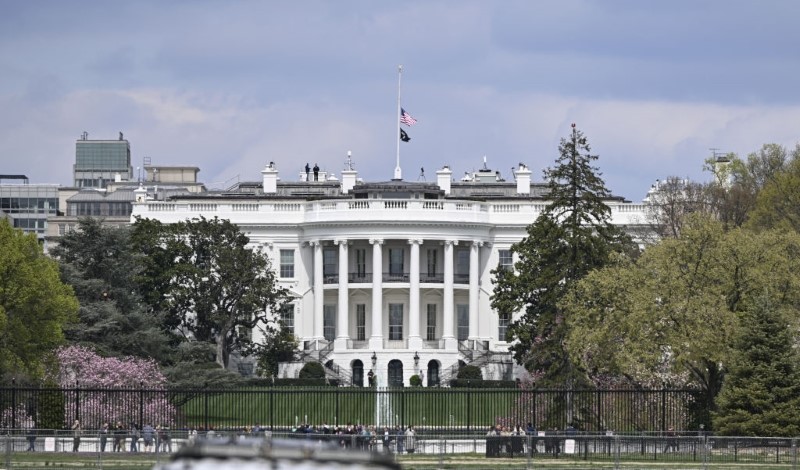
Regulators should adopt alternative approaches to valuing avoided mortality in regulatory analysis.
The Biden Administration’s “modernizing regulatory review” initiative offers a rare chance to correct historical mistakes in the federal regulatory framework. Central to this effort should be revisiting the “value of a statistical life” (VSL) concept—a monetary value attached to human life for regulatory analysis purposes. Although widely used in regulatory decision-making, the measure is inappropriate for most of its current uses in cost-benefit analysis. Furthermore, by rectifying careless analytical practices related to the VSL, regulatory benefits analysis more generally is likely to be improved well beyond the analysis of mortality.
The first major concern with current VSL practices is that regulators incorrectly assume that there are no externalities associated with individuals’ spending decisions. This assumption is false, and this is most evident when assessing end-of-life scenarios. Does it make sense to spend $10 million to extend someone’s life by five minutes? Even if this outcome is consistent with what the individual wants, the individual’s preferences are manifestly at odds with what makes sense for society.
The five-minute example is extreme, but it demonstrates a point: The VSL fails to account adequately for the opportunity cost of funds, particularly as pertains to savings bequeathed to one’s heirs. These savings externalities do not only occur at the end of life; they are pervasive across a person’s entire lifespan.
VSL advocates sometimes respond to the obvious problems found in these end-of-life scenarios by recommending the use of the “value of a statistical life-year”—an annualized version of the VSL—but this substitution is a political band-aid rather than a methodologically sound solution. Rather than tweak a flawed measure to obtain a number that is less absurd, it would be far more sensible to employ an economically defensible value of life from the outset.
A related concern is that one person or group’s preferences is imposed dictatorially on everyone else when setting policy based on the VSL. Even putting aside whether this is ethically defensible, it is economically inefficient. Federal agencies take willingness-to-pay (WTP) estimates from one—presumed efficient—market and then apply them in other contexts. The likelihood, however, of any particular market’s marginal WTP value equaling the efficient value is basically zero. Savings externalities of the sort found with the VSL are the general rule, not the exception, and they will tend not to be internalized in the marketplace because our descendants are not around to engage in market exchanges with us.
The theoretically correct approach to estimating mortality benefits would be to identify the WTP of the marginal individual in a perfectly efficient market for mortality prevention. Except by chance, this WTP value will almost never correspond with the VSL as it is presently calculated. As a result, policies premised on the VSL—or on any other arbitrary WTP values—are likely to misallocate resources severely. In many cases, these policies will increase rather than decrease mortality.
The good news is that there are alternatives to the VSL—ones that are more economically efficient and justifiable. Before the VSL became commonplace, government agencies used human capital-based approaches that are still widely used in the literature on the cost-effectiveness of health interventions. Capital tends to earn the highest rate of return in a cost-benefit analysis, so it makes sense to value lives in terms of the value of one’s human capital.
One particularly promising approach is the friction cost method, which focuses on the impact of premature death on the labor market and the corresponding costs incurred from losses of productivity. Estimates in the literature of the friction cost of mortality require fine-tuning, but the method represents a promising avenue for future research.
Biden’s modernizing regulatory review effort also creates an opportunity for the government to conduct more “risk-risk analysis,” which weighs the risks that public interventions elevate against the risks they mitigate. For example, federal agencies, by reducing net incomes and thereby reducing private spending on risk, conservatively contribute to the premature deaths of around 25,000 to 50,000 Americans annually. And this figure does not account for other, more direct, ways that regulatory agencies end lives, such as by bungling the response to the COVID-19 pandemic, promoting dirtier energy sources over cleaner ones, or encouraging riskier modes of transportation over safer alternatives.
Yes, regulations have benefits, but it is telling how few rules even have quantified benefit estimates. Of the few that report benefits, mortality benefits tend to make up the largest share.
As the Biden Administration updates the federal government’s regulatory analysis guidance, known as Circular A-4, it should incorporate these kinds of reforms into its update. In a less politically charged environment, the VSL would probably be abandoned altogether for use in benefits analysis, in favor of more theoretically sound approaches.
Recognizing that the Biden Administration’s approach to updating Circular A-4 may not be grounded in robust economic thinking, and noting the practical hurdles that attempts to alter ingrained federal agency practices face, alternatives to the VSL should—at a minimum—be used in regulatory cost-benefit analysis for sensitivity purposes.
Regulators, who are presumed to be experts, should step up and rectify the errors they have permitted to persist for years. More than just financial resources are at stake. To quote the late economist Thomas Schelling, who was one of the first to propose the VSL idea: “The life you save may be your own.”




